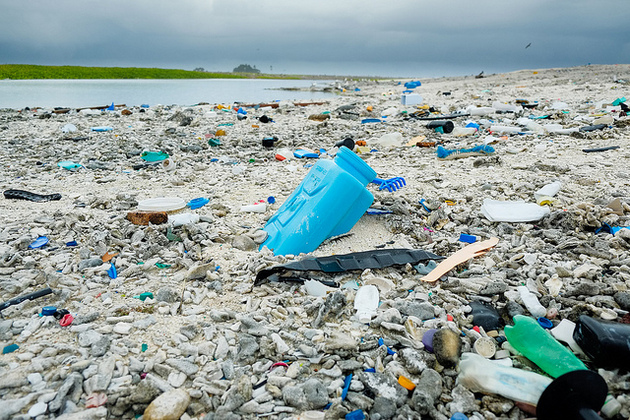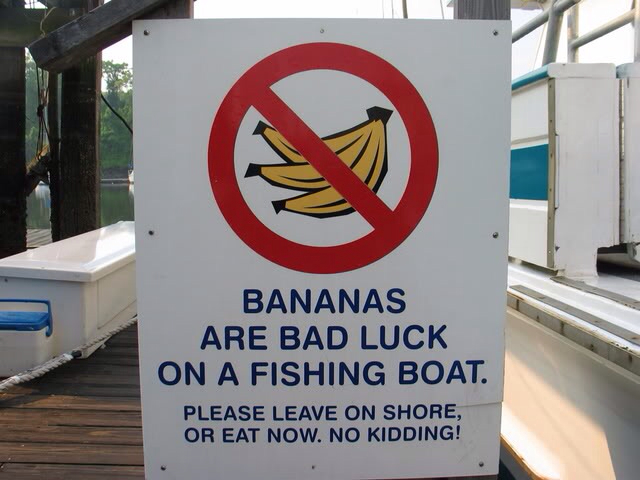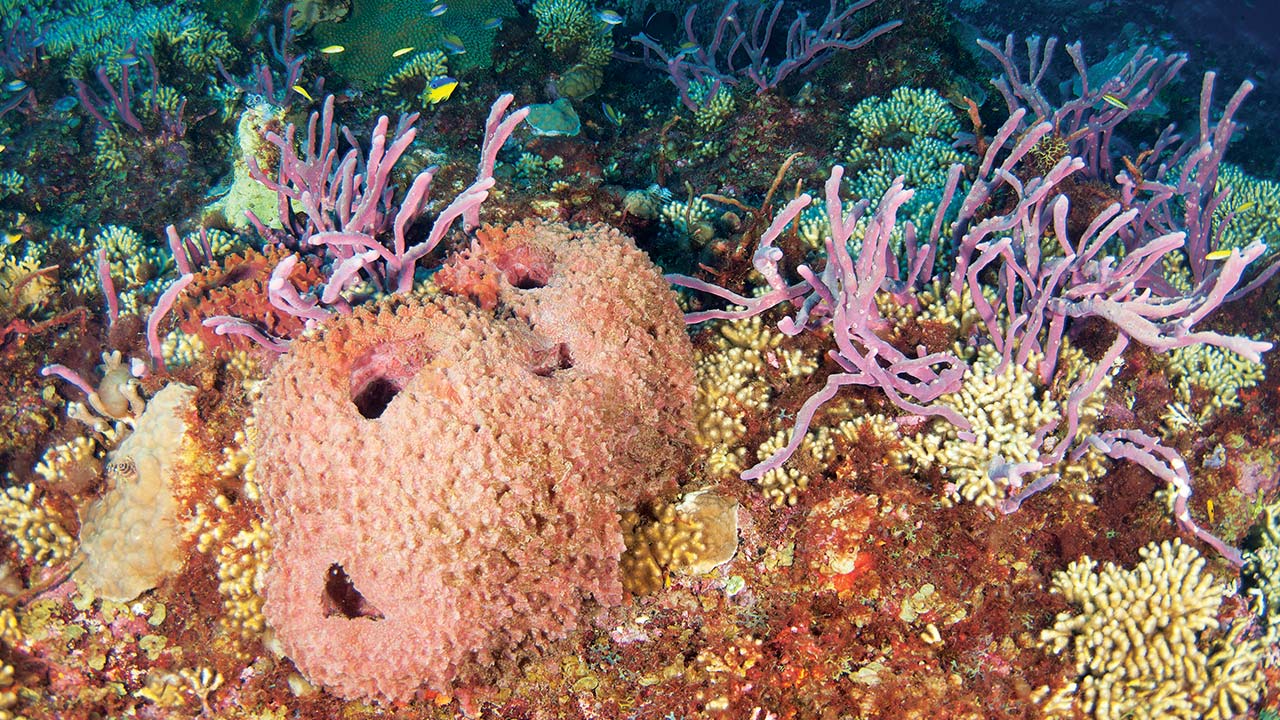Back in December, a 44-foot sei whale (Balaenoptera borealis) washed ashore and died on the Galveston coastline near the Terramar subdivision. It was sighted by a passerby who spied it rolling in the waves, its spout the only clear sign that it was alive. A crowd gathered, including a local dolphin rescue group and machinery crews who brought out a front-end loader.
Not much could be done for the whale, unfortunately, since its size prevented advocacy groups and interested citizens from helping it back into the ocean. A frightened whale, rolling in the waves, poses a serious threat of crushing those who wish to help it. Onlookers had no choice but to watch and hope for the best.
When the whale stopped spouting, a sign it was no longer breathing, crews dragged it ashore so a necropsy, or animal autopsy, could be performed and its species could be identified. After the seven-hour procedure to determine its cause of death, results were inconclusive and remained murky for several weeks. A number of combined factors could have contributed to its becoming stranded. The whale was dragged on shore by front-end loaders and buried in a deep trench near the water table, common practice for any beached cetacean.
“Typically when dolphins are beached, we take them to an off-site location and bury them. This whale was 60,000 pounds, so we buried it at the site where it washed up,” said Mary Beth Bassett, Public Relations Coordinator for the Galveston Island Convention and Visitors Bureau.
The World Wildlife Fund lists the sei whale as an endangered species, with less than 12,000 individuals estimated to live in today’s oceans. Commercial whalers targeted the species and hunted them heavily when blue and fin whales became scarce, driving their numbers dangerously low. While advocacy groups continue to work to restore the population, the sei whale, and ocean-going whales in general, remain difficult to track and understand, and so must be protected through international whaling laws.
Because whales use echolocation to navigate, sonar from commercial ships might confuse whales, driving them into dangerous situations that lead to beachings, explained Tina Petway, Houston Museum of Natural Science Associate Curator of Malacology. This could have played a factor in the death of this whale, which was also probably ill and its navigational faculties already impaired.
“Whales frequently have parasites that get in the inner ear and cause them to have echolocation problems and lose their balance easily,” Petway said. “They can be led off their paths when their echolocation doesn’t seem to work.”
Petway theorized that some of these ocean-going whales unused to inshore areas can become “lost” between sandbars. When led astray, they might pass a sandbar and believe they are heading back out to sea when in fact, they are in a trough between sandbars. By this time, they are trapped and the inshore current continues to push them further onto the beach.
“But something was wrong before it got stranded,” Petway said.
The sei whale belongs to a family of fin whales characterized by a small, backward-curving dorsal fin far down their backs. Only four whales have this specific characteristic, the blue whale, the fin whale (its name no surprise), the Bryde’s (pronounced broo-des) whale, and the sei whale. The Bryde’s and the sei are difficult to distinguish from one another. They are almost identical in size and shape, but the Bryde’s has three ridges on the top of its head running from its blowhole to its snout, while the sei whale has only one.
“Almost all species of whales can be found in the Gulf of Mexico,” Petway said. “We have pods of killer whales (orcas) in the Gulf of Mexico. They don’t travel. They are resident pods.”
Fin whales all use baleen to catch and filter krill out of large gulps of seawater. They swim through large schools of krill, or copopods, with their mouths open, and push the water through the baleen (which has the appearance of broom bristles hanging from the top of the mouth) with their tongues. Like dust, the baleen catches the krill, which the whale then swallows.
The growing amount of bits of plastic in the ocean, now so far broken down some of it is microscopic, is a concern for baleen whales. Because the bits of plastic are about the same size as krill, they are filtered out and swallowed with all the rest. Scientists are unsure how this affects whales since they are difficult to study, but it can’t be good. You can help these whales when you observe World Oceans Day June 8 this year by making a pledge to reduce your plastic use and begin recycling. Spread the word and encourage others to do the same. Plastic in the oceans is a serious world emergency. Whales like the sei and other fin whales, which are already endangered, need no more problems threatening their numbers, and plastic affects the entire food chain, including we humans, who also depend on the oceans as a source of food.
You can size yourself up to a complete whale skeleton in HMNS’s newest exhibit, Cabinet of Curiosities, opening Friday, May 6. Personnel are currently restoring the skeleton, which has been in storage for a number of years, and will hang it from the ceiling as part of this hands-on history of wonder.













